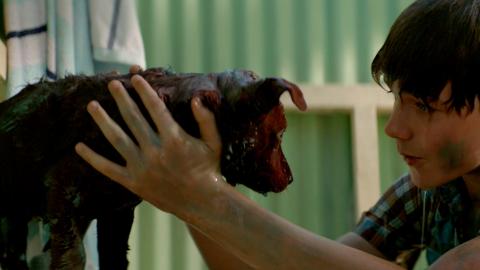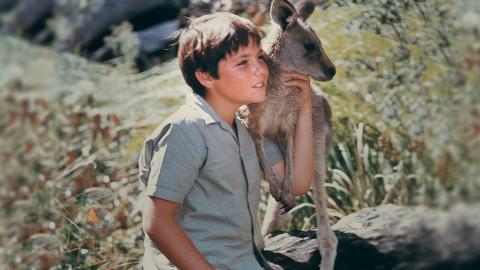Australia is lucky in its animals, and the marvellous creatures that inhabit our land and seas have us in a constant state of awe (and awwww). This selection from Australian nature documentaries offers an insight into different ways of framing fauna, from dry erudition to anthropomorphic comedy – and shows the breadth of an ecology that deserves our wonder, respect and care.




